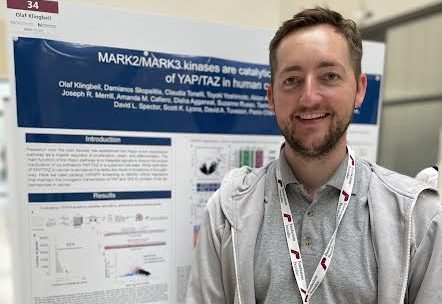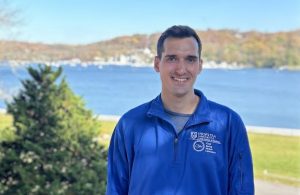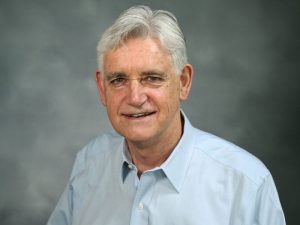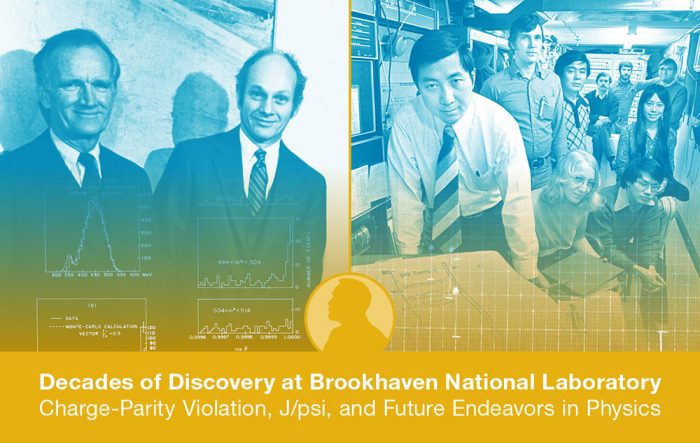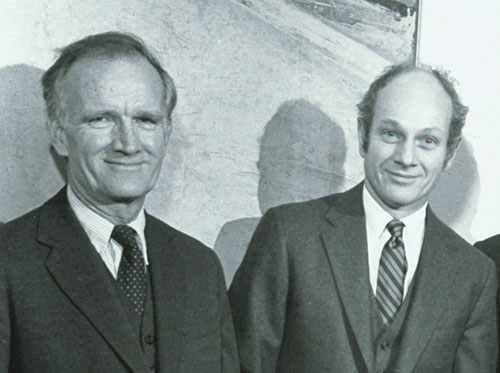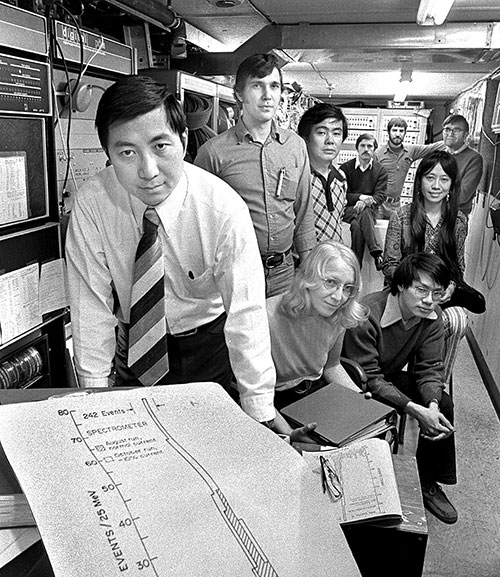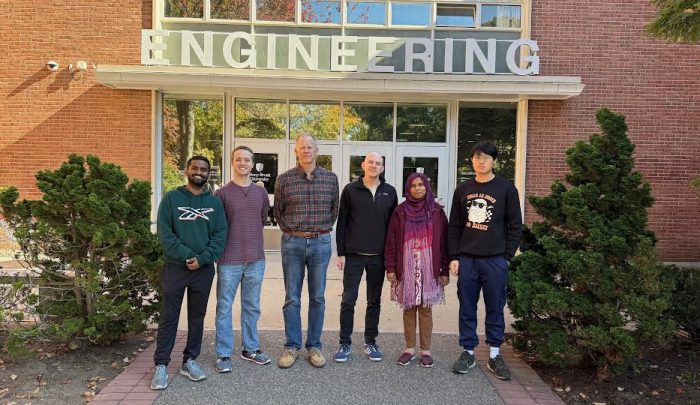By Daniel Dunaief
Instead of discarding concrete from damaged or destroyed buildings during Russia’s attack on Ukraine, Alexander Orlov, Professor in Materials Science & Chemical Engineering at Stony Brook University wants to try to figure out ways to recycle these materials to create new and desperately needed shelters.

Leading a team of researchers in the United States, Poland and Ukraine, Orlov received about $700,000 worth of funding from the National Science Foundation, the Office of Naval Research, and the Polish National Science Centre to develop ways to create these potentially life-saving structures by using three-dimensional printers.
Far larger than the desktop printers, these three-dimensional printers build one layer of a building at a time, reducing the time and labor needed in construction.
The idea behind the project is to “turn the tragedy of these damaged buildings into new structures,” said Orlov.
In some cases, these buildings could be cheaper and faster than conventional construction methods.
“This research will address challenges in building resilient and sustainable infrastructure by using novel, inexpensive and energy efficient solutions,” Marija Krstic, assistant professor in the Department of Civil Engineering at Stony Brooks said in a statement.
The family of Ukrainian soldier Yaroslav Berezov, who died during the beginning of the Russian invasion, received the first 3D printed house earlier this year, according to the Odessa Journal.
The walls of the house were printed in 58 machine hours, as the printer laid down the inside and outside of the house at the same time.
The idea of doing 3D printing is becoming more popular in Ukraine. The leader in this type of printing is a company called COBOD, which used the technique to rebuild a school in the city of Lviv. The school, which has weatherproof construction and is expected to last for more than 20 years, has four classrooms with a capacity for 100 students.
One layer at a time
Orlov explained that the 3D printing process acts like an ice cream machine, as it lays down one layer of a building at a time with material squeezed through a cone.
In the design of these structures, the machine pauses for some length of time — five or 10 minutes in some cases — to ensure that the layer is strong enough to support additional weight. The structure also requires some time to settle, which could be about two weeks, before adding heavier objects, such as a roof.

The machines use waste and add it to a cement mix to form concrete.
In this project, the research is focused on a proof of concept that Ukrainian construction companies might use to build additional homes or shelters.
The National Science Foundation is providing $300,000 in funding for Orlov’s portion of the work.
Stony Brook University is building a 3D printer and is adding parts to it to make it more efficient and reliable. Poland is also purchasing a printer while Ukraine already has one.
The Office of Naval Research is providing funding directly to Ukraine and the Polish National Science Centre is supporting efforts in that country.
“The Navy supports disaster relief and typically offers assistance in any part of the world” after catastrophes including hurricanes and earthquakes, Orlov said.
It takes about two to three days to build a building the size of a house. The process still requires manual labor to add the roof because it has different materials.
The timing of the research is particularly important because of the escalating scale of Russian attacks and amid the approach of winter. People in the capital of Kyiv endure seven hours of bombing each night. The civilian experience is similar to what people in London experienced during World War II, when they hid in shelters and had to be quiet amid the shattering of buildings.
Ukraine has lost about 50 percent of its energy infrastructure, a number that is likely to climb even as colder weather descends on the country. The estimated cost to repair that energy infrastructure is about $60 billion and is likely to climb as the war continues, Orlov added.
Without energy and heat, “this could be the worst winter in the history of the country,” Orlov said.
In developing ways to build these structures, Orlov hopes to create buildings that are mechanically the same or better than traditional homes and with thermal properties that are increasingly important amid temperature extremes.
The biggest challenge for scientists and engineers is that these buildings may not be reproducible, depending on the different available materials. The researchers need to figure out if they can have high-quality printing from different sources.
Personal experience
For Orlov, the horrors of war and the threat of injury and death are all too real. He extracted his mother Tetiana and his father Mykhailo, out of Kyiv, where their apartment windows were blown out after a Russian rocket leveled a nearby five-story building.
Orlov’s parents are struggling even on Long Island, where the sound from nearby fire station causes them to try to run and hide each time they hear the alarm. Motorcycle noises, which have the same vibrating hum as Iranian drones, also terrify them.
Project origins
The research Orlov is doing started when he was working with a Polish researcher. Orlov saw the funding opportunity and reached out to professors in Kyiv to ask how he could help. The researchers worked together to write the proposal.
Orlov, who works in the Consortium for Inter-Disciplinary Environmental Research and has secondary appointments in the Chemistry Department, the Institute for Advanced Computational Science, the Advanced Energy Center, and the Department of Technology and Society, is spending considerably more time than he expected on this project. That, he said, comes in part from the need to cross cultural barriers in working with people from different countries.
Any construction of 3D printed shelters would face the challenge of finding energy to power these machines. Some of that power could come from mobile generators, while the printers could also use intermittent power.
“There are unique challenges that have to be tested during the war,” Orlov explained.
At each of the research sites, students have the opportunity to contribute to the project. Stony Brook has two faculty members and several graduate students who are involved at this point.
Orlov is hoping to provide Ukrainian companies with recipes that might lead to the construction of these shelters.


